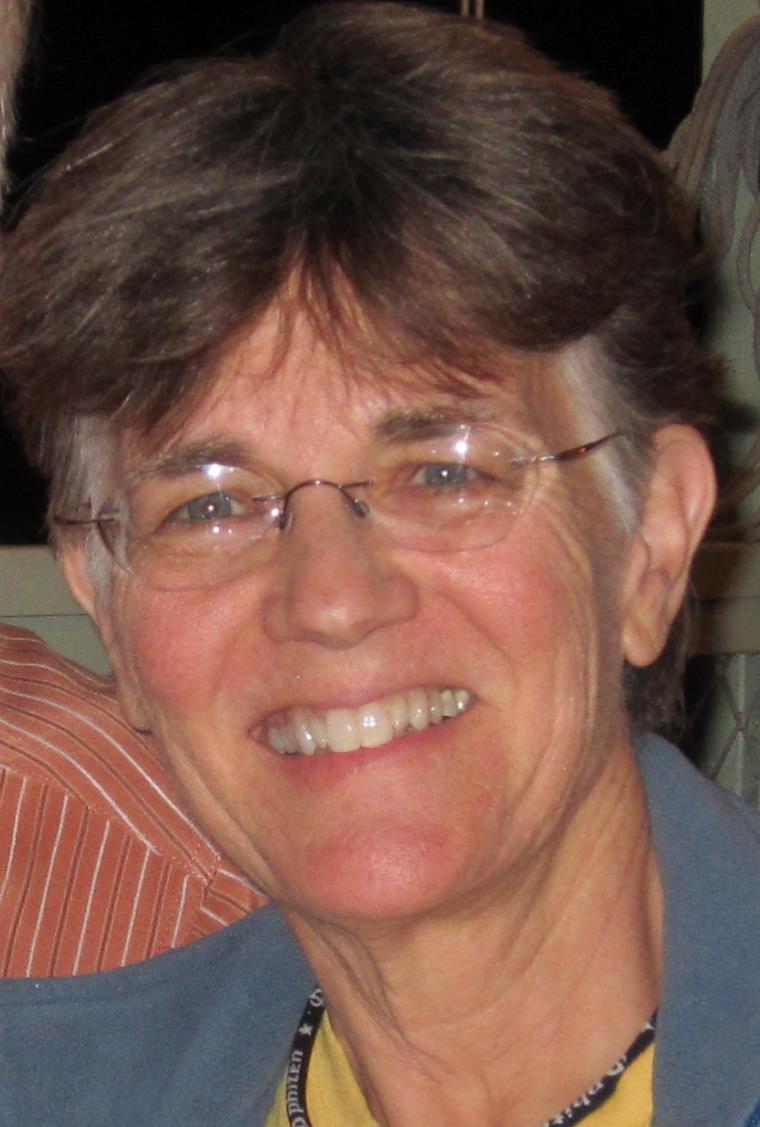 Richard Louv coined the term “nature-deficit disorder,” in his award winning book Last Child in the Woods: Saving our Children from Nature-Deficit Disorder. He recounts how children are spending progressively less time outdoors in free, unstructured play, and how wide-ranging the negative repercussions might be as children disconnect from the natural world.
Richard Louv coined the term “nature-deficit disorder,” in his award winning book Last Child in the Woods: Saving our Children from Nature-Deficit Disorder. He recounts how children are spending progressively less time outdoors in free, unstructured play, and how wide-ranging the negative repercussions might be as children disconnect from the natural world.
Researcher Sanda Hofferth has identified that outdoor play helps children learn key skills like problem-solving and creative thinking and helps them grow emotionally and academically. While this is a relatively new concept, the National Environmental Education Foundation published a fact sheet summarizing a number of research studies demonstrating the benefits of getting kids outdoors. For example, researchers Kuo and Taylor found that activities in green outdoor settings appear to reduce ADHD symptoms in children.
The trend of children in the US having less free playtime outdoors parallels the decline in active transportation to school from 1969 to the present. As fewer children walk or bike to school (down from 47.7 percent in 1969 to merely 12.7 percent in 2009), children have also had less time to participate in “free play outdoors” and have become increasingly “over-scheduled” to the point of having little free time, resulting in negative physical, mental, and emotional outcomes. Hofferth found that just in the six-year period from 1997 to 2003 that children’s discretionary time and participation in sports declined, while time spent on schoolwork increased.
The National Environmental Education Foundation and the American Academy of Pediatrics are partnering to encourage “time in nature” as a health-promoting activity, essential for normal child development. At a March 20, 2014 talk in Washington DC, Louv discussed how health care providers and parks are working together on “Park Prescription” initiatives to prescribe outdoor time to children to help improve their health. Pediatrician Richard Zarr blogged about how he and other pediatricians in Washington, DC have ranked all the parks in DC and are giving Park Prescriptions to children in need of physical activity that have access to safe parks.
Unfortunately, there are few research studies that tease apart distinctions between outdoor “free play” time in nature, active transportation to school, and organized sports played outdoors. I would predict that such studies will all agree that just being more active outdoors will move our nation’s children in the direction of better health whether walking or bicycling to school, engaging in free play or in organized sports. This provides an opportunity for Safe Routes to School advocates to join together with advocates for outdoor play in getting kids more active outdoors.
Jane Ward, MD, MPH is our research advisor, responsible for updating our research section and blogging on research topics. She completed a career in the US Air Force as a pediatric ophthalmologist with a strong interest in international humanitarian work. Her lifelong interest in fitness and active living led her to pursue a Masters of Public Health with a focus on Physical Activity and the built environment. For her MPH internship in the spring of 2012, she bicycled cross-country advocating and fundraising for Safe Routes to School and the League of American Bicyclists Bike Friendly America programs. She is an Assistant Professor at the Uniformed Services University of Health Sciences and retains close ties with the George Washington University Department of Exercise Science. She enjoys bicycling for fun and transportation, triathlons, travel and spending time with family and friends on active vacations.
